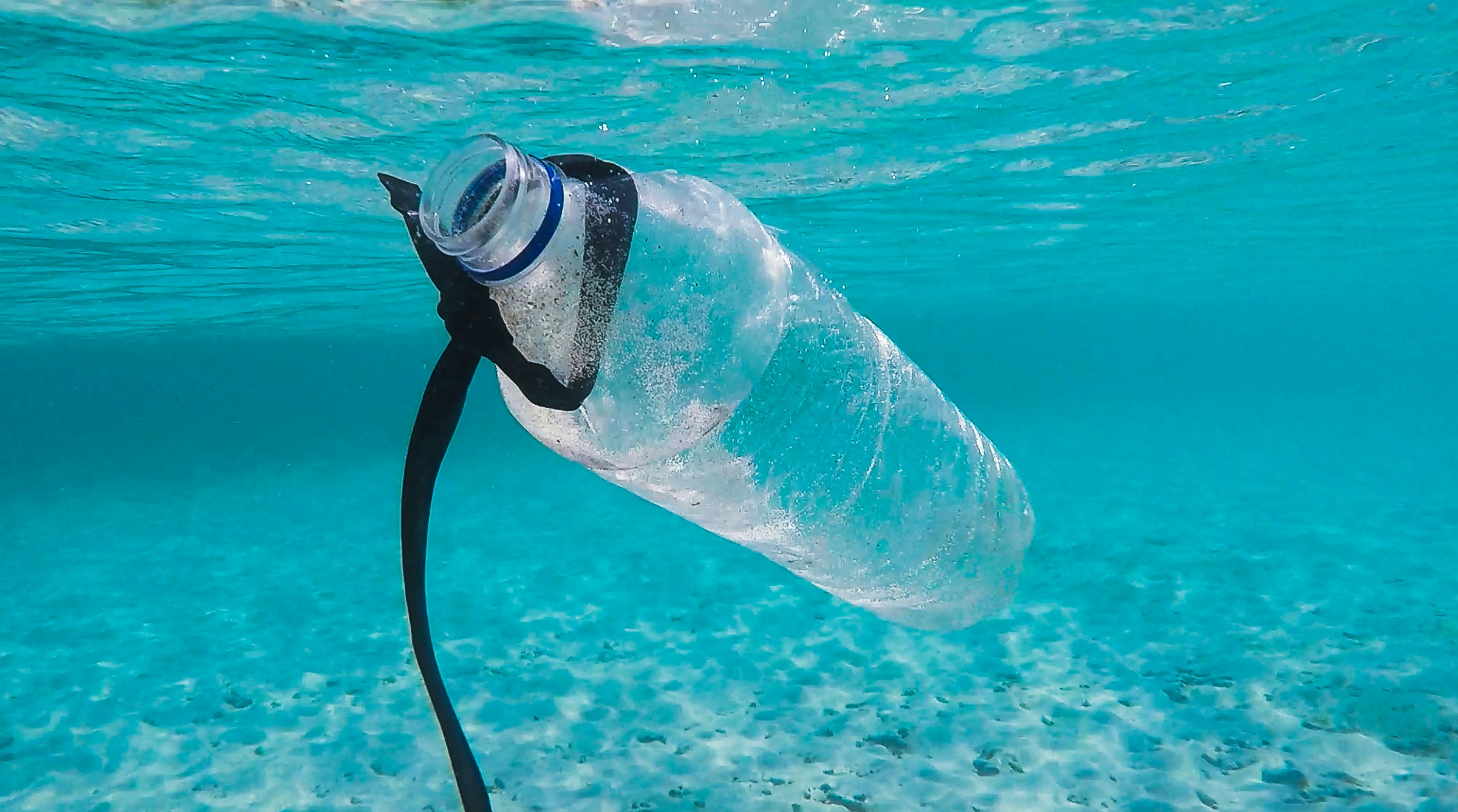Tackling Pollution with Bio-Based Materials
Published: March 20, 2024

Many are frustrated by all the plastic that is ending up in our oceans. In fact, according to a public opinion report[1] prepared for the World Wildlife Fund (WWF), 72% of Americans are very frustrated by the fact that plastics from the US are ending up in the oceans. It seems like the easiest solution to plastic pollution is banning single-use fossil-based plastic packaging. Banning all single-use fossil-based plastic packaging would significantly reduce the harmful impacts caused by these plastics. We would just need to identify alternative materials that aren’t so harmful to the environment that also provide the same level of safety to consumers and protection to the product inside the packaging. It seems so easy, so what’s the problem?
Let’s lay out the solution for replacing single-use fossil-based plastic packaging or simply traditional plastic packaging.
Deciding to replace traditional plastic packaging with glass or aluminum means saying yes to the creation of more greenhouse gas (GHG) emissions. This would be eliminating one problem while making another worse. However, if we replace traditional plastic packaging with bioplastic packaging, we will achieve fewer GHG emissions. So, a law to ban traditional plastic packaging but allow biobased plastic packaging to prevent increasing GHG emissions may be a good solution. This would also address the original problem, which is to prevent pollution from traditional plastic packaging, after all, if biobased plastics leak into the environment, they will just break down naturally and not be an issue, right?
To answer that, we will need to take a deeper look into bio-based plastics.
Bio-based plastics are derived from plants or another biomass. Biomass is renewable organic material that comes from plants and animals. Not all bio-based plastics are biodegradable. For example, biobased PE, biobased PET, PA, and PTT are biobased but not biodegradable. So, they wouldn’t work for our purposes. These plastics would just linger in the environment similar to their fossil-based counterparts.
What if we only chose biobased biodegradable plastics that are compostable to replace traditional plastic packaging? That would solve both the GHG emissions challenge and the plastic pollution problem, right? While it would help reduce GHG emissions, there’s still a problem.
The main problem comes at the end of their lifecycle. That is, these plastics typically only decompose in industrial composting facilities. In other words, they wouldn’t just decompose in the back yard. According to the European Union’s policy framework on the sourcing, labelling and use of biobased plastics, and the use of biodegradable and compostable plastics, “Compostable plastics - a subset of biodegradable ones – typically decompose in industrial composting facilities, and first need to be collected.[2]” Industrial composting is done at higher temperatures than back-yard compositing. We would also need to have a robust collection system in place and industrial composting facilities not to mention consumer participation just like we currently need for recycling traditional plastic packaging. The only difference is that recycling for traditional plastic packaging, although in need of much improvement, is far more established. Without the right collection system, bioplastics would end up in the landfills where they are prone to release methane which is a more potent GHG than carbon dioxide.
While biodegradable plastics can be helpful in combating our plastic pollution problem, as it stands now, it isn’t going to be as easy as replacing traditional plastic packaging with biobased biodegradable and compostable plastic. The WWF puts it best, “The plastic pollution crisis requires a multi-faceted approach to reduce plastic use, improve waste management, increase recycling and composting, and find sustainable alternatives.[3]”
The key take away from this article isn’t that biobased plastics have no place in the circular economy because they certainly do as they come from a replenishable source and emit fewer greenhouse gas emissions than traditional plastic packaging. Rather, the intended message is that simply replacing all traditional plastic packaging with biobased plastic isn’t the solution that it may seem to be. The solution to ending plastic waste today, requires that we follow sound waste hierarchy principles by reducing our use, supporting reuse systems, and recycling plastics designed for recycling. When neither of these is possible, we should consider biodegradable and compostable plastics as alternative packaging so long as it’s able to provide the necessary safety requirements for the consumer and protective properties for the product. If the latter two requirements can be met, and there is an infrastructure to support it, biodegradable bioplastics are a great choice!
[1] CI_Public_Opinion_Research_to_WWF_2021_01_26.pdf (rackcdn.com)
[2] Biobased, biodegradable and compostable plastics - European Commission (europa.eu)
[3] Microsoft Word - WWF Position Biobased and Biodegradable Plastic.docx (worldwildlife.org)
